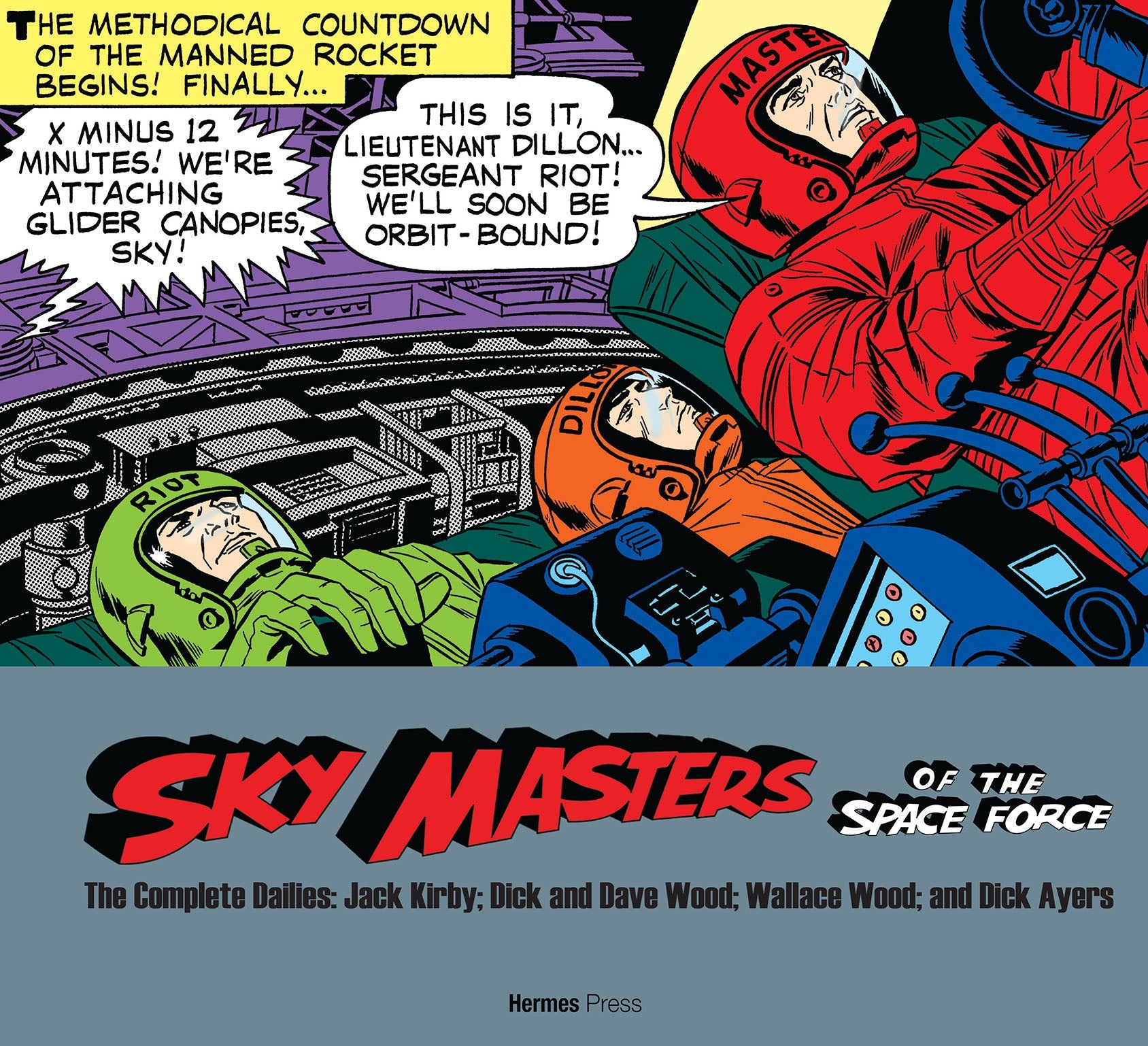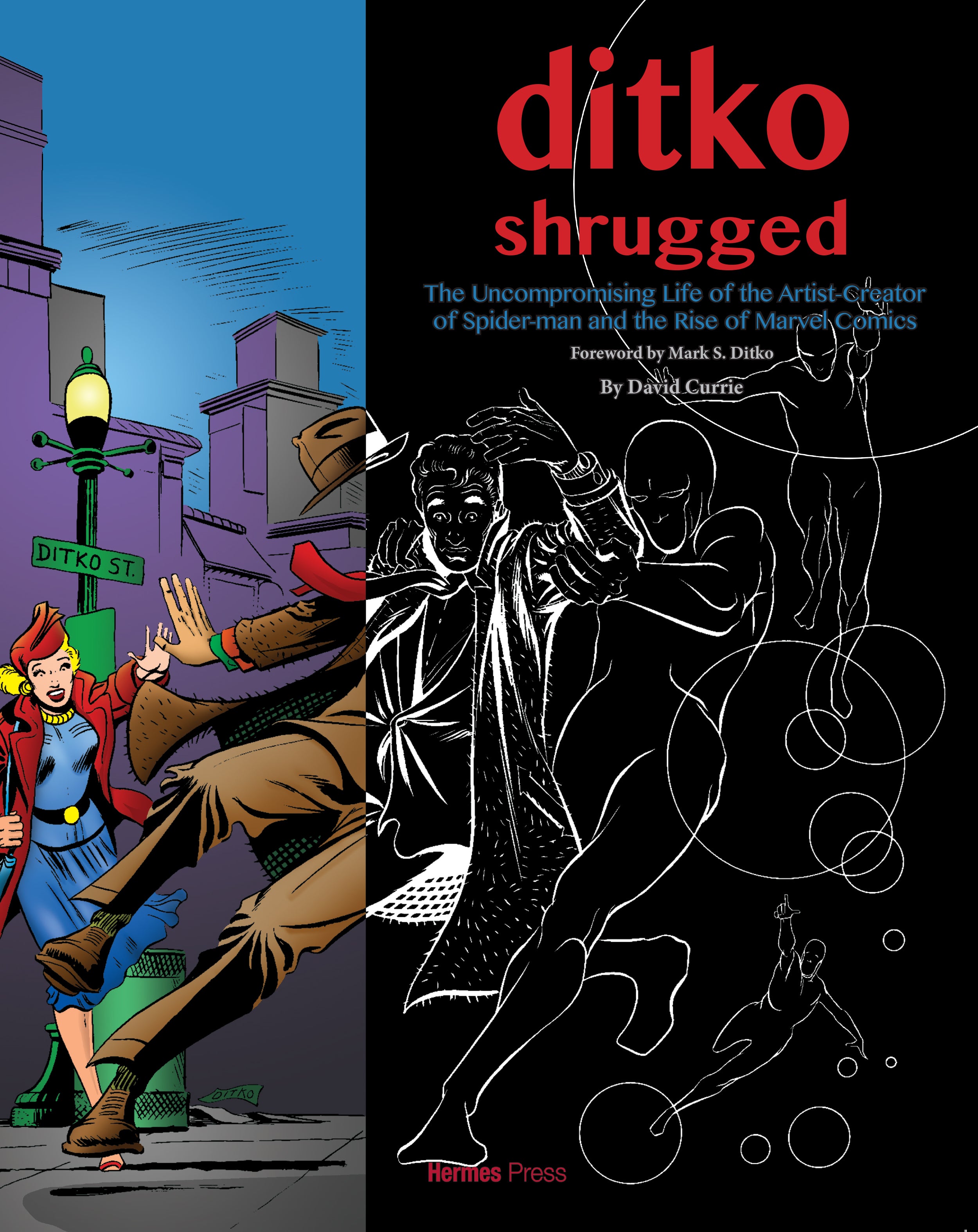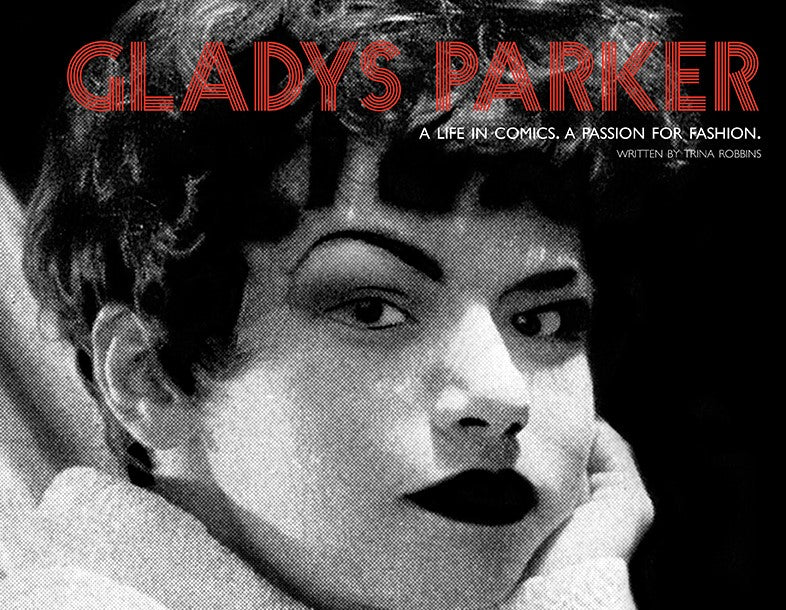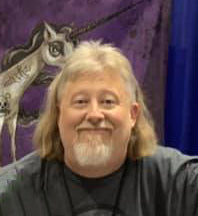Remembering Frank Thorne
Frank Thorne was without a doubt one of the most unconventional artists in the world of comics; he worked in numerous traditional genres — finally finding his forte as one of the industry's most talented proponents of what has been categorized as erotic comic book storytelling. Thorne unexpectedly passed away on Sunday, March 7, 2021, and his wife Marilyn died shortly afterwards. His output was a celebration of the unrestrained use of the female form in sequential tales. Thorne's work's association with prurient content is not accurate, as his stories are not comparable in today's context of “eroticism,” which is, well, vigorously more graphic, lacking in virtually any restraint and usually devoid of humor and parody. Thorne’s influences are numerous and are not entirely grounded in comic books and strips but also include literary allusions, as he was clearly inspired by writers ranging from Tolkien, Malory, and Campbell.
Thorne started his career selling illustrations to pulp magazines while still in high school but gravitated to work in comics. His formal art education was at the Art Career School in Manhattan, but as with most comic book storytellers from his generation his biggest influence was newspaper strips, especially the work of Hal Foster, Alex Raymond, and Neil O'Keeffe. Raymond's spell was the most obvious, but as his work matured Thorne found his own individual voice.
By 1948 he had found steady work for comic book publisher Standard, penciling romance comics. At the ripe old age of 21, he walked into King Features, samples in hand, and landed the job of penciling and inking the Perry Mason strip which he worked on for almost two years.
Thorne was also beginning a long association with Dell Comics, starting in 1952, working on titles ranging from Sargent Preston of the Yukon, Flash Gordon, The Green Hornet, Tom Corbett, Space Cadet, and Jungle Jim. He additionally worked on film and television adaptations the like of Moby Dick and The Twilight Zone. Thorne did more freelance work penciling, and inking the Dr. Guy Bennett comic strip from 1957 to 1963.
He turned in work at DC on war, adventure, and mystery titles and began an association at the House of Ideas which would finally result in him attaining significant attention from fans of comics all over the world; in late 1975 he began working on the female warrior “Red Sonja” published in Marvel Feature #2, release dated January, 1976. Thorne's tenure on the strip gained him renown with audiences, both male and female, and lasted almost two years. So popular was his version of the red-headed avenger that a convention honoring the character, the first of its kind to focus on one singular hero (heroine, actually), took place in 1976 at Mount Laurel, New Jersey, the “Sonja Con.”
Dissatisfied with the limitations imposed by the mainstream comics medium, Thorne left the strip to work on another female warrior of his own creation, Ghita of Alizarr. The rest is graphic storytelling history. Ghita first saw publication in Warren's 1984 #7, release dated August, 1979. Thorne continued to publish Ghita in issues #8 and 10, then switching to Warren’s 1994 with issues #11-14.
Thorne continued Ghita’s adventures with The Thousand Wizards of Urd, first published in Warren’s 1994 #17, release dated February, 1981, and continuing until #21, then skipping to #24-26, and 28-29. Ghita’s adventures went through various versions over the years as they were reprinted and printed in Spain, Germany, and Italy. Finally, this year, Hermes Press published the definitive versions of these stories, which in the vernacular of today, would be called the “Director’s Cut.”
Ghita’s last adventure, The Deathman’s Head, was published in Eros Comics’ The Erotic World’s of Frank Thorne #1, release dated October, 1990.
Thorne, in the tradition of many noteworthy artists of the comics, lent his talents in creating a cartoon for Playboy, “Moonshine McJugs,” which ran for 20 years and won him the Playboy Editorial Award.
In 1984 he created Lann, a female adventurer in a surreal future, which was printed in various publications starting in Heavy Metal #3, release dated June, 1984. The feature continued in issues 5, 6, and 8. The second Lann story was published by Eros/Fantagraphics in The Erotic Worlds of Frank Thorne #4 in 1990. The last story was published, again by Eros/Fantagraphics in Lann #1 in 1991.
Thorne worked on numerous projects during the next twenty or so years: Danger Rangerett for National Lampoon, Ribit! for Comico and of course, more Ghita — illustrations, concepts, and a series of published and unpublished print books.
Ribit! was Thorne’s swan song to mainstream comics — it eschewed, for a brief moment, his focus on erotic storytelling — although it can’t be denied that a sexual flavor is clearly hinted at in the story. In 1988 Thorne was approached by comics publisher Comico to create the project. The original concept had the story being titled “Spawn of Sorcery,” which was vetoed by the book’s editor. The comics saw print from January, 1989 (issue #1) through April, 1989 (issue #4).
Thorne anticipated the story arc would be collected in a graphic novel, which was finally published by Hermes Press in 2020. Indeed, for the past five years Hermes Press has been publishing a comprehensive library of Thorne's output.
Thorne worked on film documentaries and published more cartoons in Golden Magazine, High Times, Hustler, and Vanity Fair. His was a vision that defied the established order of comic books and acknowledged that sequential storytelling could embrace myths and fantasy which were compelling and aimed at a more mature audience.
On a personal note: I dealt with Frank on numerous occasions as his publisher and he had a quick wit, a self-deprecating sense of humor and was the classic definition of an erasable gentleman. The world is indeed a poorer place without him. He will be sorely missed by everyone at Hermes Press.

Eisner Nominated Titles
-

Walt Kelly's Pogo Vol. 1 & Vol. 2
2015 Nomination
Best Archival Collection/Project—Comic Books (at least 20 Years Old) -

Sky Masters of the Space Force
2018 Nomination
Best Archival Collection/Project—Strips. -

Ditko Shrugged
2020 Nomination
Best Comics-Related Book -

Gladys Parker
2023 Nomination
Best Comics-Related Book



Our Team
-

Daniel Herman
Publisher
-

Kandice Hartner
Production Manager | Senior Graphic Designer
-

Erica McNatt
Copy Editor | Graphic Designer
-

Brian Peck
Special Projects Editor
-

Jaime Diaz
Special Projects | Promotions









